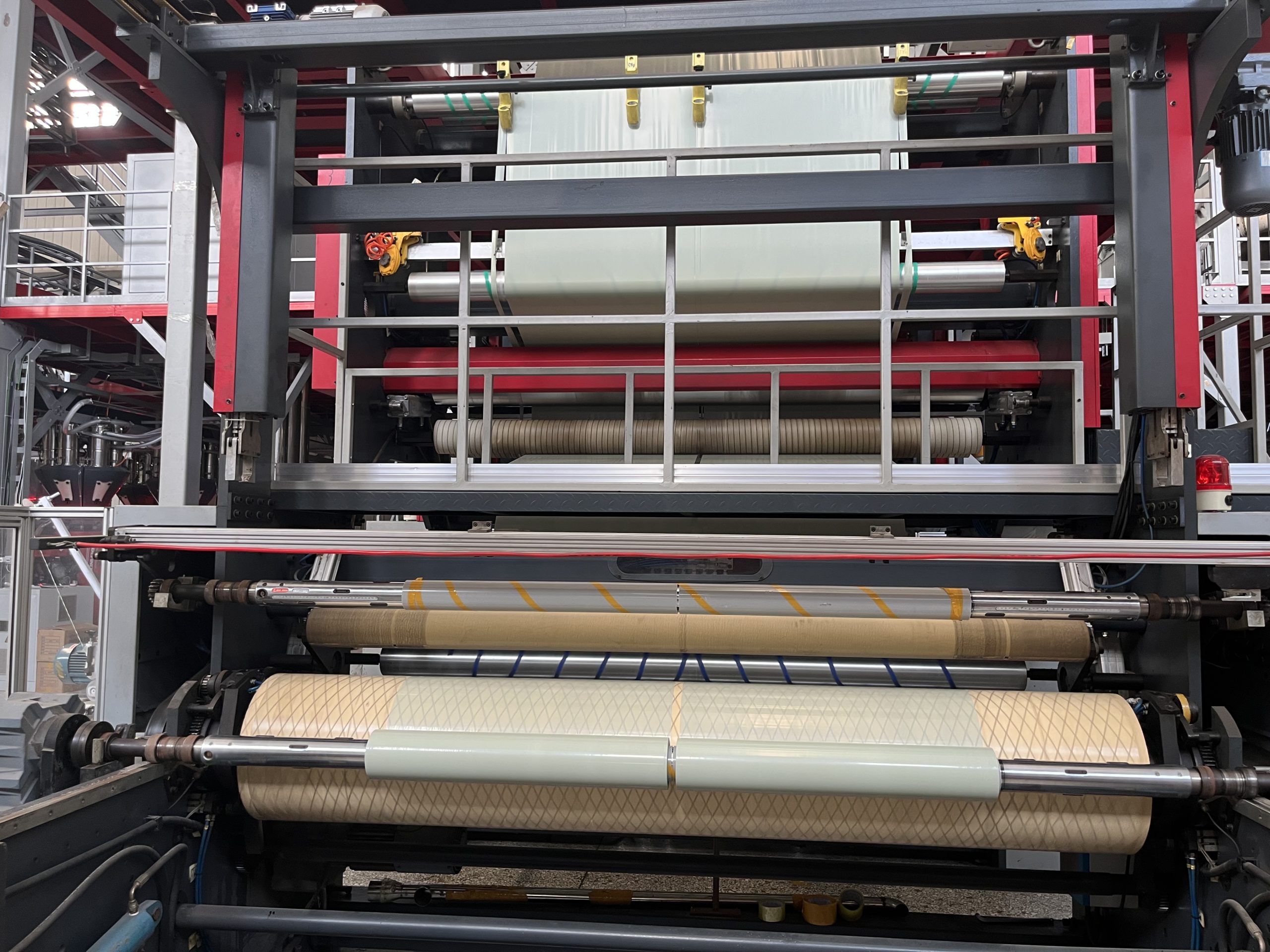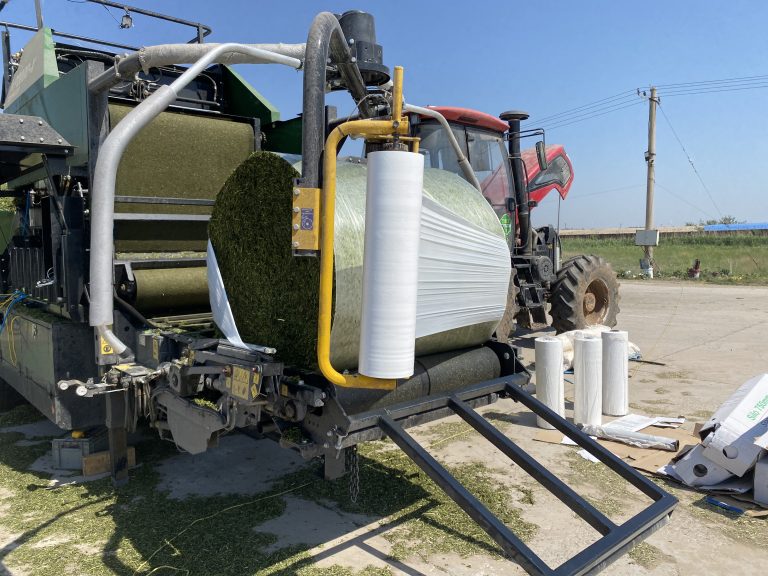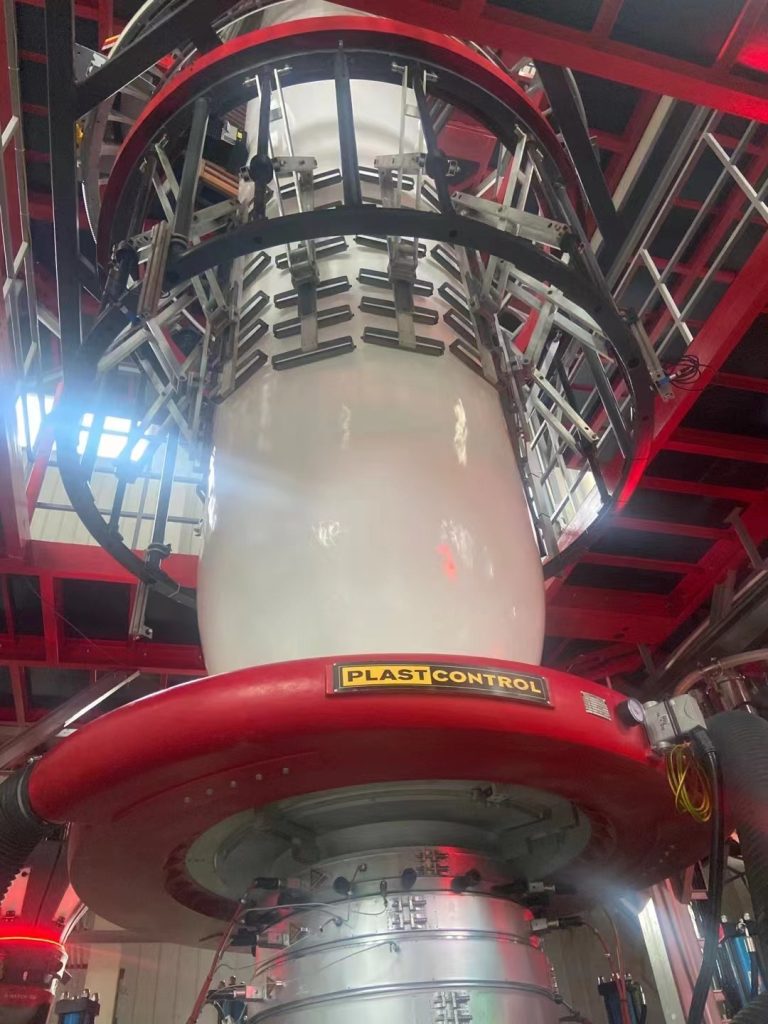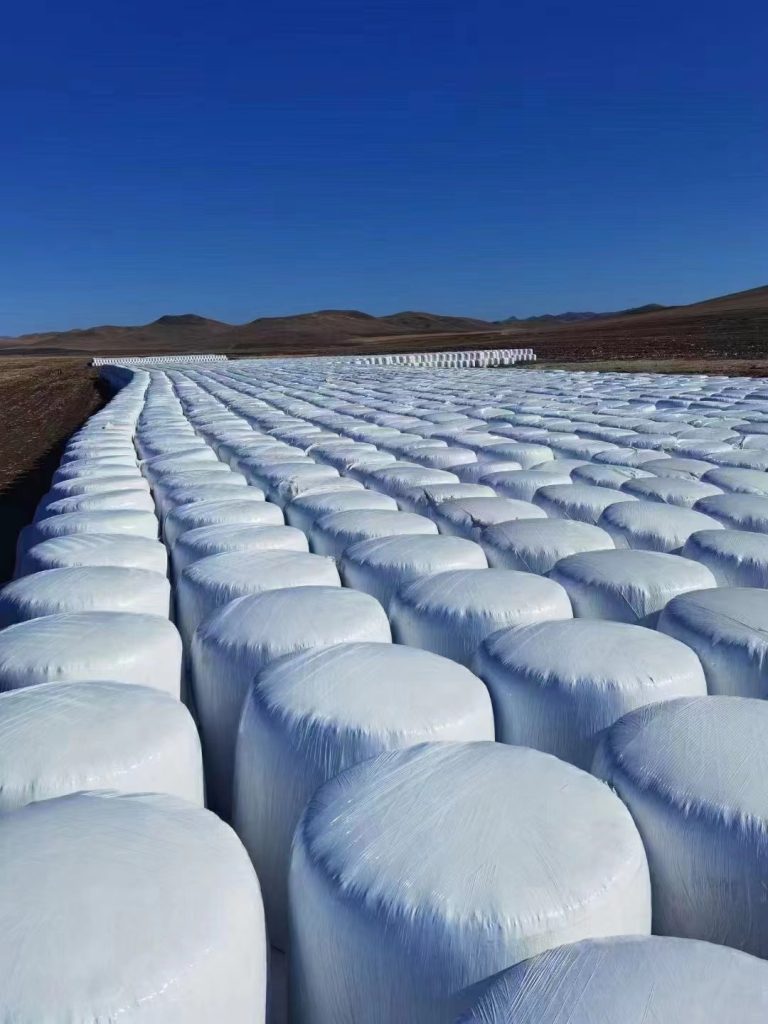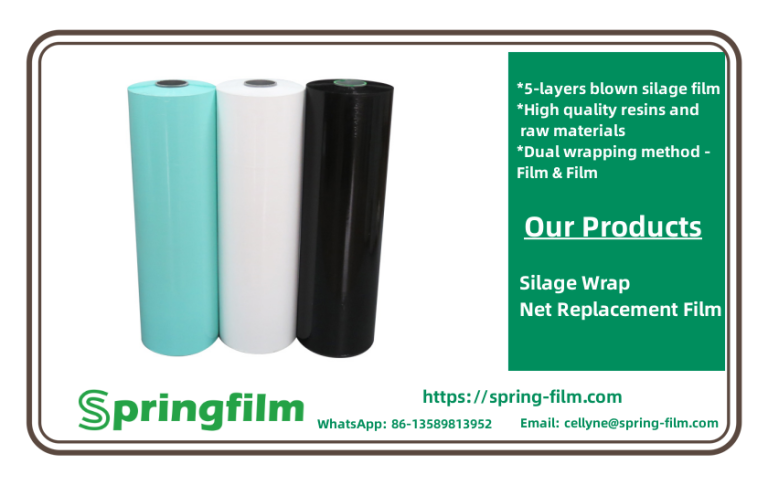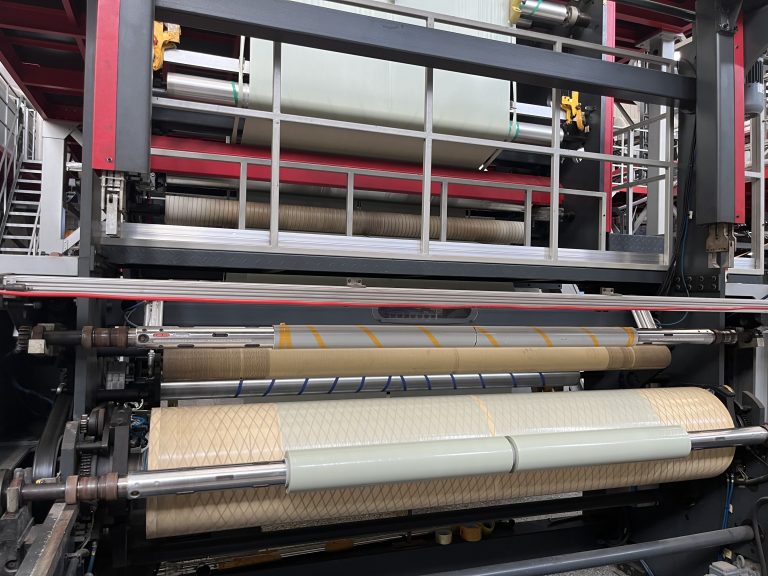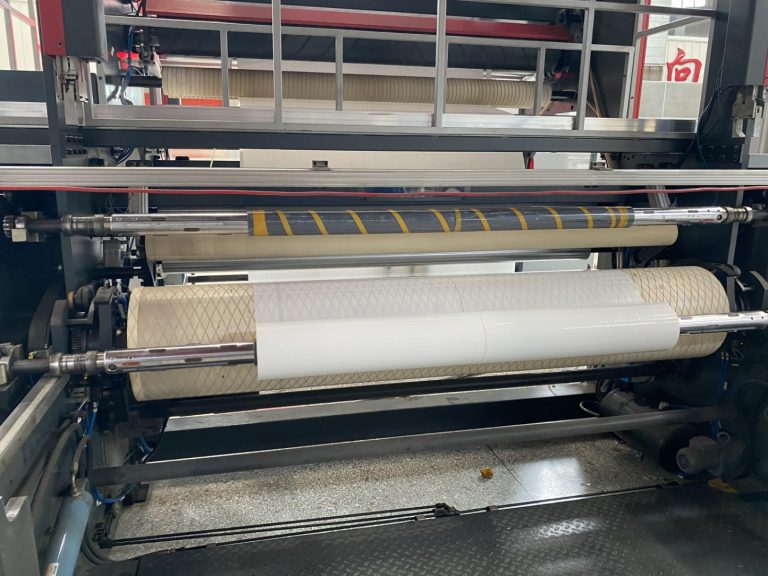The viscosity of silage film can be influenced by temperature, and understanding this effect is important in ensuring proper application and performance of the film during the silage-making process. The viscosity of a material is a measure of its resistance to flow; in the case of Bale wrap supplier China 5 layer blown silage wrap manufacturer Silage stretch wrap film, it’s related to how easily the film can spread and adhere to the silage.
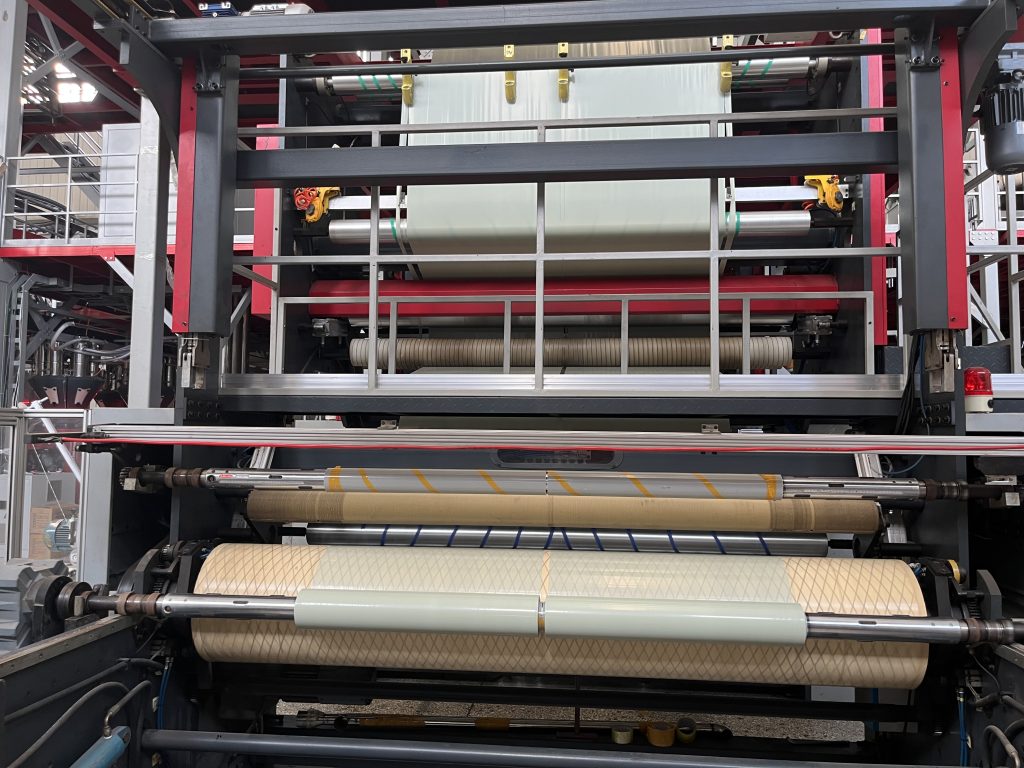
Here are some key effects of temperature on Bale wrap supplier China 5 layer blown silage wrap manufacturer Silage stretch wrap film viscosity:
- Application Temperature:
- Silage films are often applied in relatively warm conditions. Warmer temperatures can reduce the viscosity of the film, making it more fluid and easier to spread over the silage.
- In colder temperatures, the viscosity may increase, making the film more resistant to flow. This can affect the ease of application and the ability of the film to conform to the silage surface.
- Melt Flow Index (MFI):
- The melt flow index is a measure of the ease with which a material can be melted and extruded. In the case of silage film, it is related to viscosity.
- Higher temperatures generally lead to a higher melt flow index, indicating lower viscosity. This is important during the extrusion process when the film is manufactured.
- Film Stretchability:
- Temperature can influence the stretchability of silage film. Warmer temperatures typically result in a more stretchable film, which is beneficial for achieving proper coverage over the silage pile.
- Cold temperatures may reduce the stretchability of the film, potentially leading to difficulties in achieving optimal coverage and adhesion.
- Film Integrity:
- Extremely high temperatures can lead to excessive softening of the film, reducing its structural integrity. This could result in tears or punctures during application.
- Conversely, very low temperatures can cause the film to become brittle, increasing the risk of cracking or tearing.
- Storage Conditions:
- Storage conditions for silage film should be considered to prevent extreme temperature exposure. Films stored in extremely hot or cold conditions may experience changes in viscosity that could impact their performance during application.
- Seasonal Considerations:
- Silage-making is often a seasonal activity, and the ambient temperatures during the silage season can vary. Manufacturers may formulate silage films to perform well within a specific temperature range commonly encountered during silage-making.
- Manufacturer Recommendations:
- It’s crucial to follow the manufacturer’s recommendations regarding the recommended application temperature range for the specific silage film being used.
Silage film manufacturers often provide guidelines and specifications regarding the optimal application temperature range for their products. Bale wrap supplier China 5 layer blown silage wrap manufacturer Silage stretch wrap film.Users should adhere to these guidelines to ensure the film performs as intended and provides effective silage protection.

